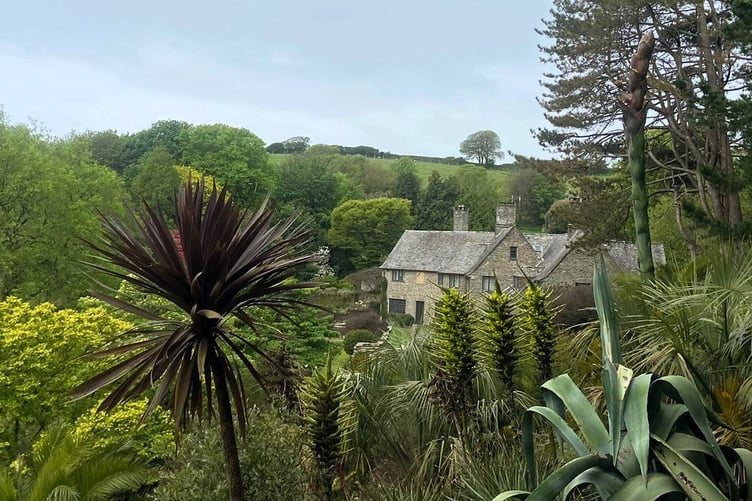A plant which can take years to flower is showing signs of bloom at the National Trust’s Coleton Fishacre garden, near Kingswear.
The Agave americana, nicknamed the Century Plant, is a hardy succulent native to Mexico and Central America, that can mature for years before it begins growing a unique flower spike. A member of the asparagus family, the spike resembles spears of asparagus. Flower spikes have been known to grow 5 metres tall and will flower only once with large yellow blooms, before both flowers and stalk die.
The flower spike began putting on growth quite rapidly last autumn and should provide an impressive spike once flowered. Visitors should have lots of time to see it in bloom, as the flowers generally last for up to six weeks.
The question, though, is when will it flower?
"The blooming process of Agave americana can take anywhere from several weeks to several months to complete", explains James, Head Gardener at Coleton Fishacre. "After a pause in growth during the wet and cooler winter months, the flower spike has resumed its rapid growth and I would expect it to burst into flower in June-July".
The agave, with its magnificent stalk, can be seen in the Gazebo border near the house, sitting alongside numerous tropical specimens from the Southern Hemisphere.
Coleton Fishacre house was built in the Arts & Crafts style, and is imbued with Art Deco elegance. A light, joyful atmosphere fills the rooms, and music plays, echoing the family's Gilbert and Sullivan connections. You can get an insight into 1920s life 'upstairs and downstairs' from the glamorous Saloon and the airy servants' rooms.
In the RHS accredited garden viewpoints give enticing glimpses out to sea, paths weave through glades past tranquil ponds, and tender plants from the Mediterranean, South Africa and New Zealand thrive in the moist and sheltered valley.
It is open daily 10.30am-5pm until 3 November and weekends through the winter.
For full details, visit www.nationaltrust.org.uk/coleton-fishacre






Comments
This article has no comments yet. Be the first to leave a comment.